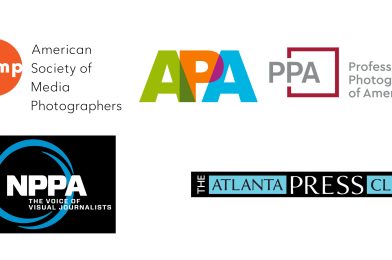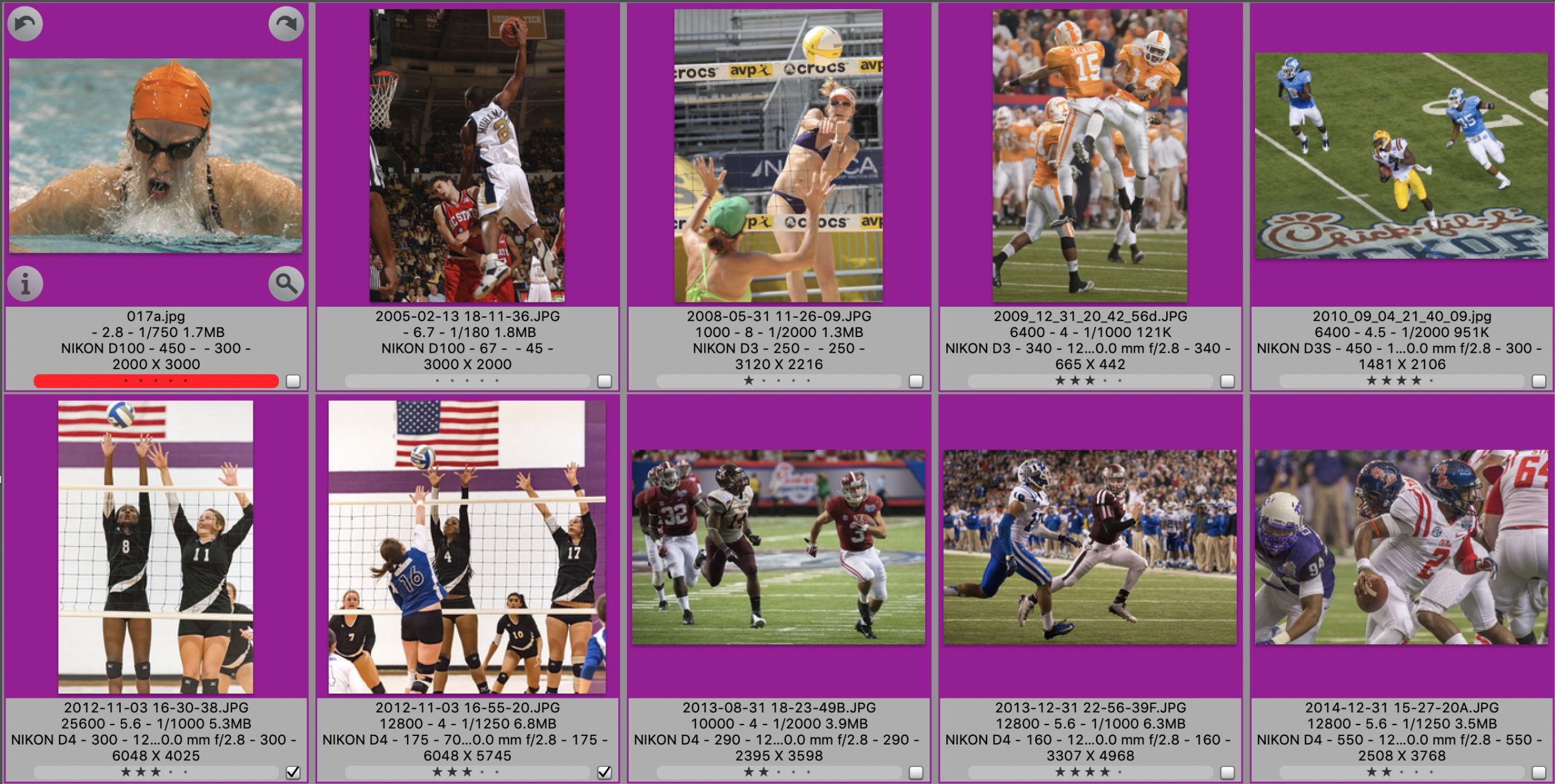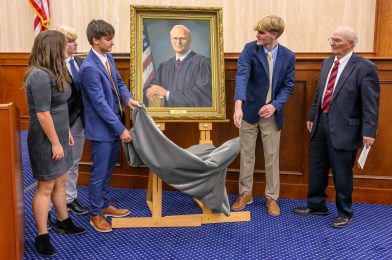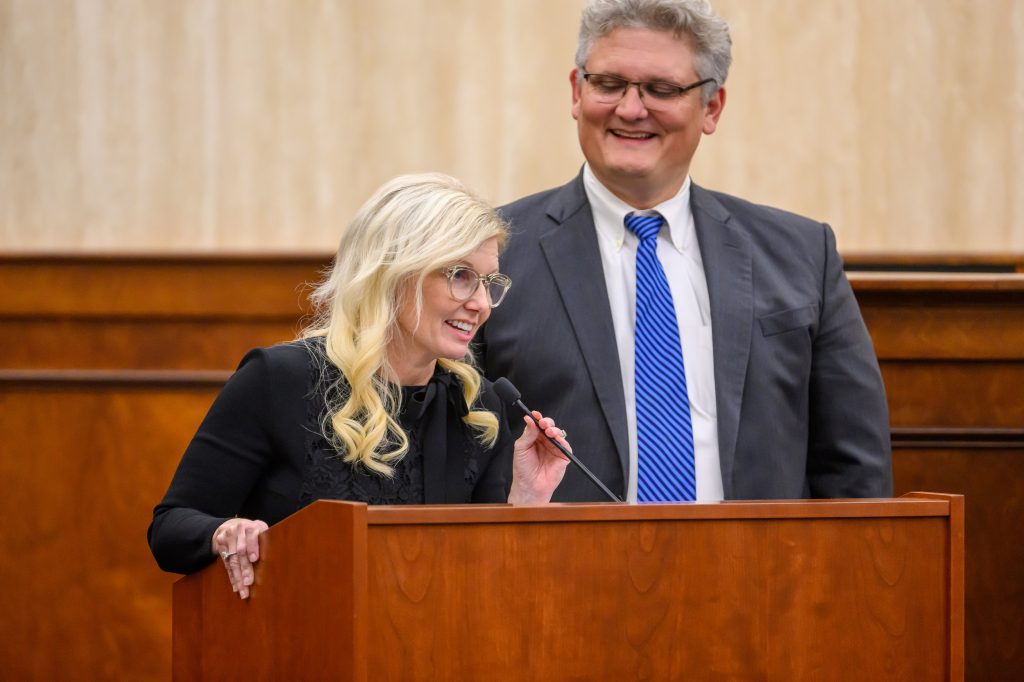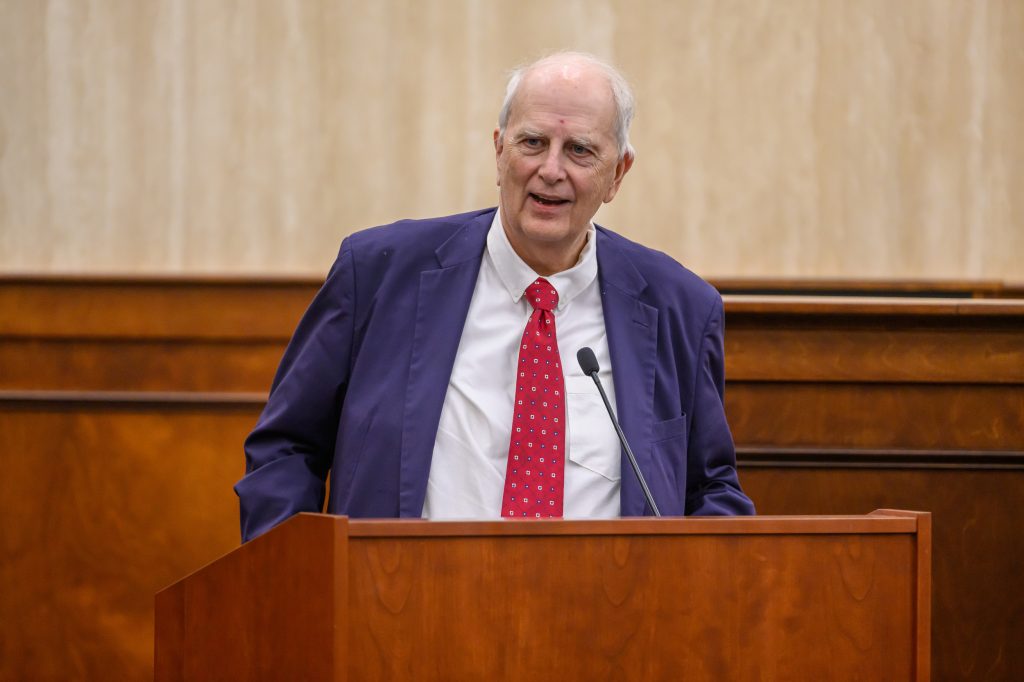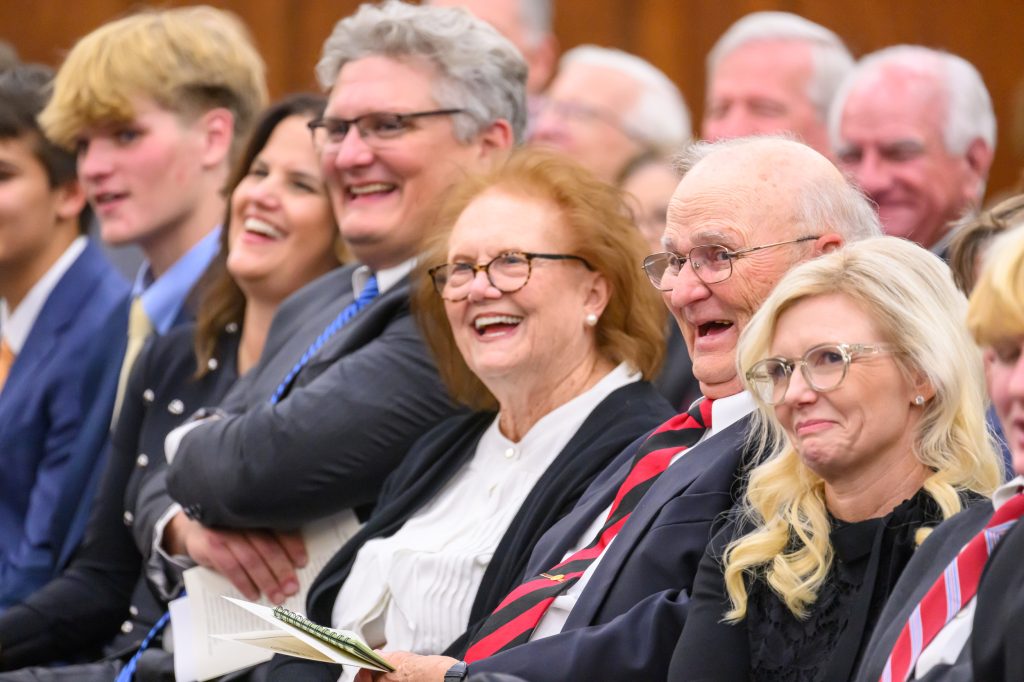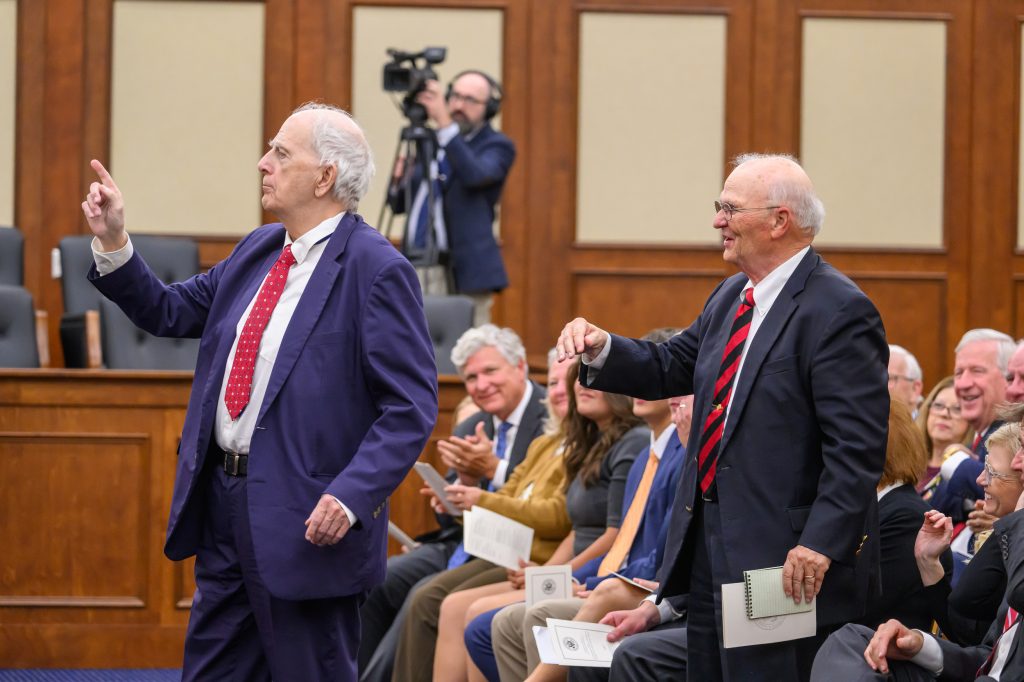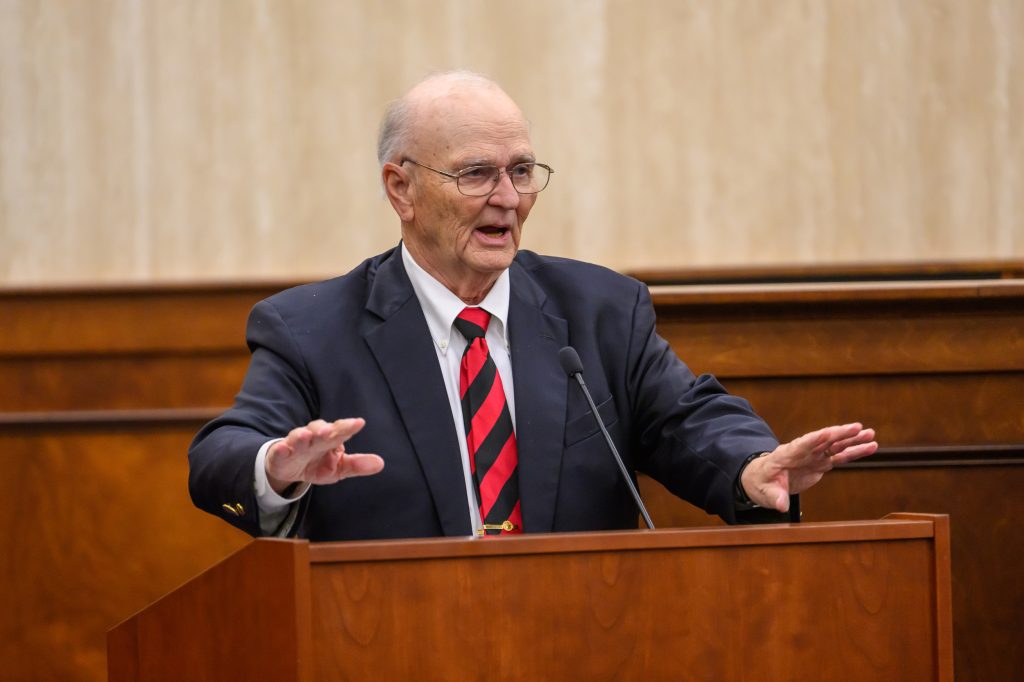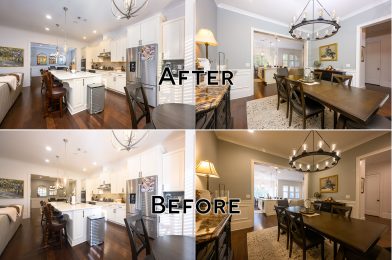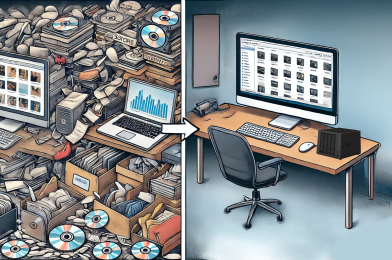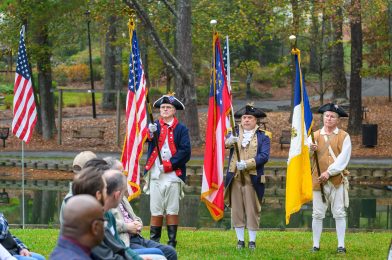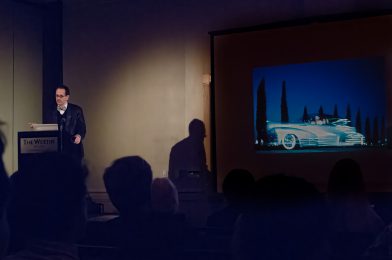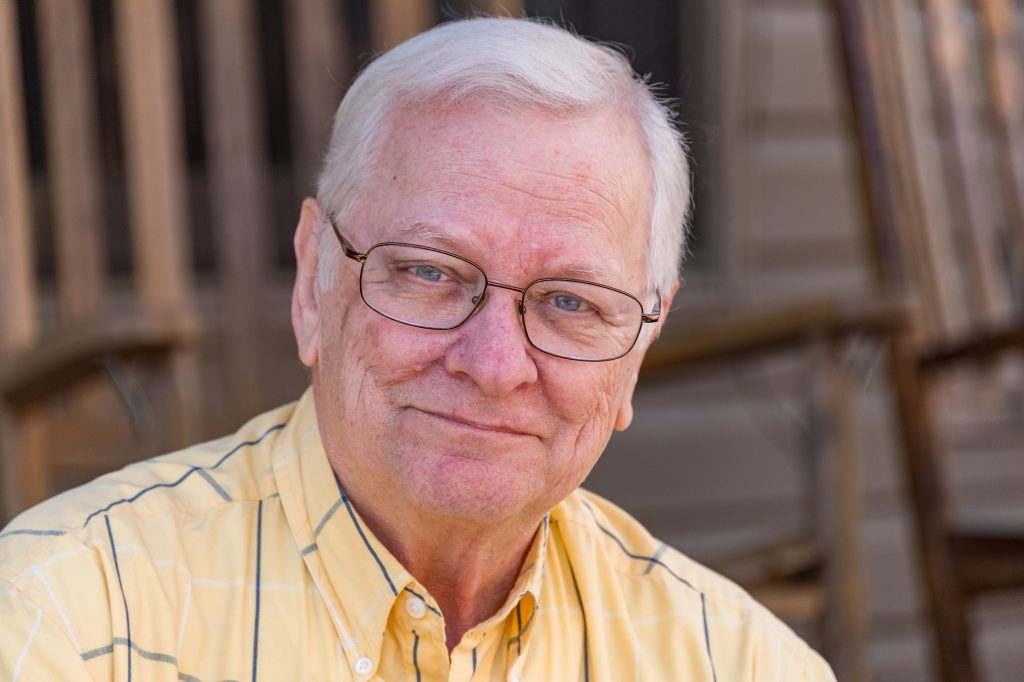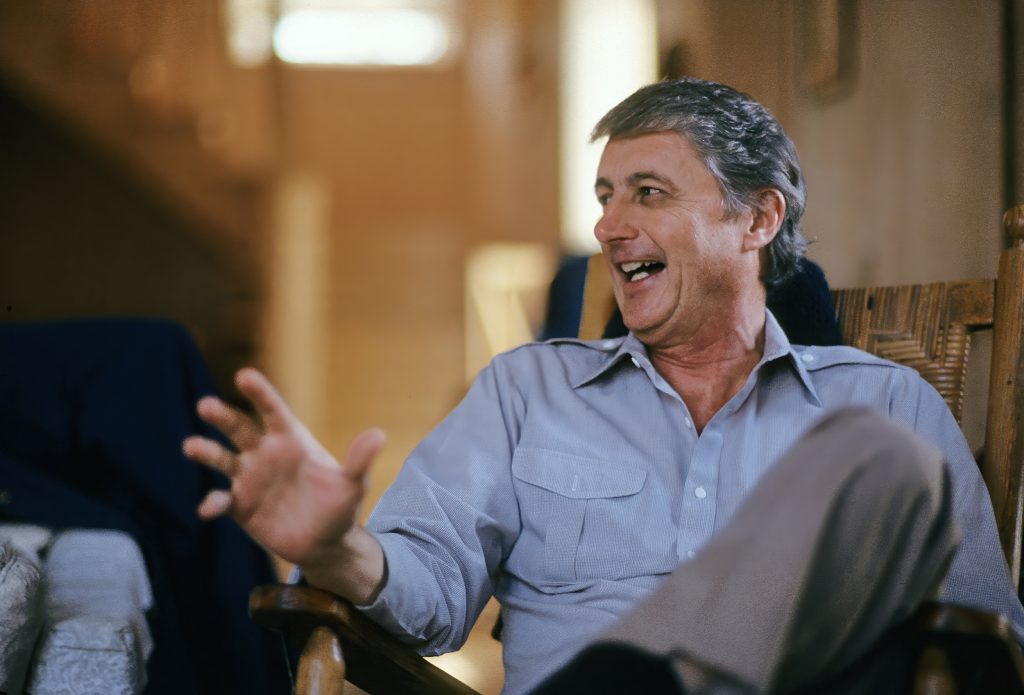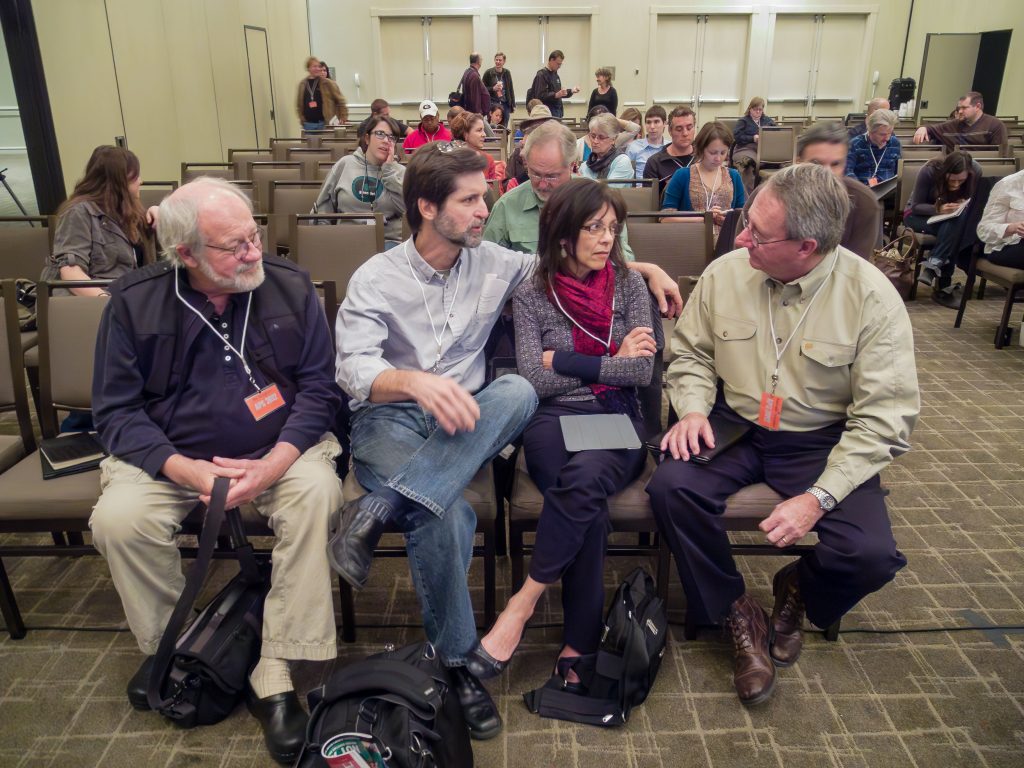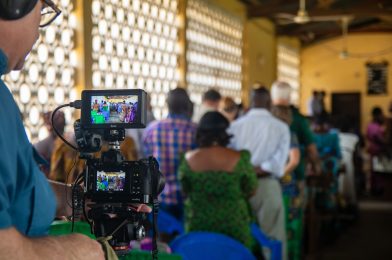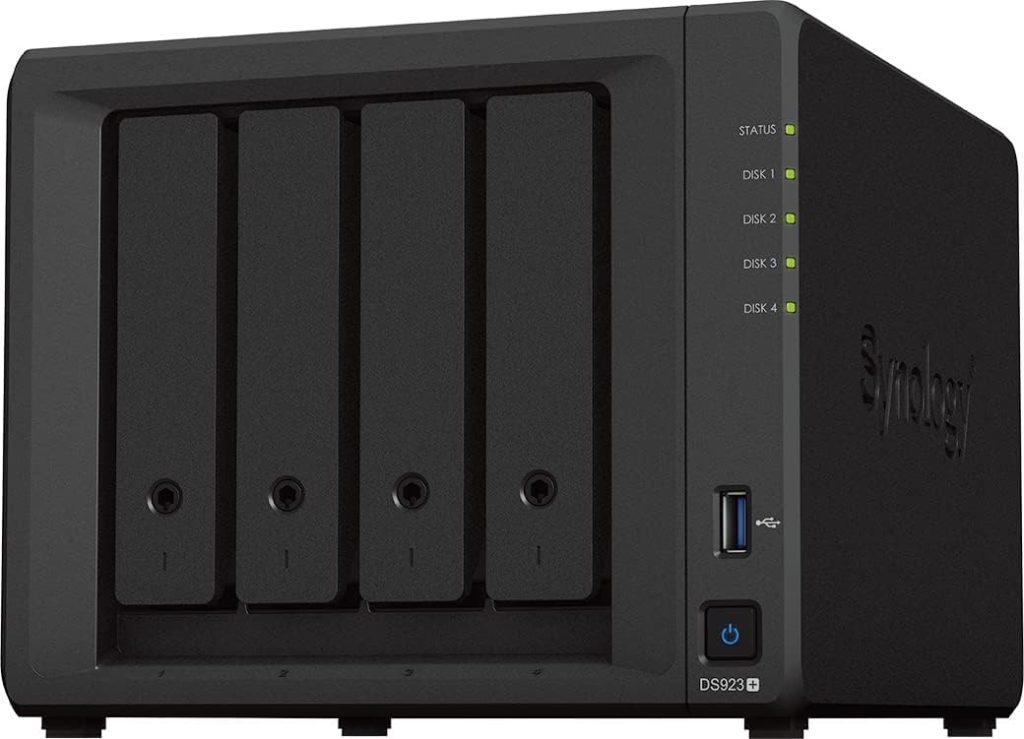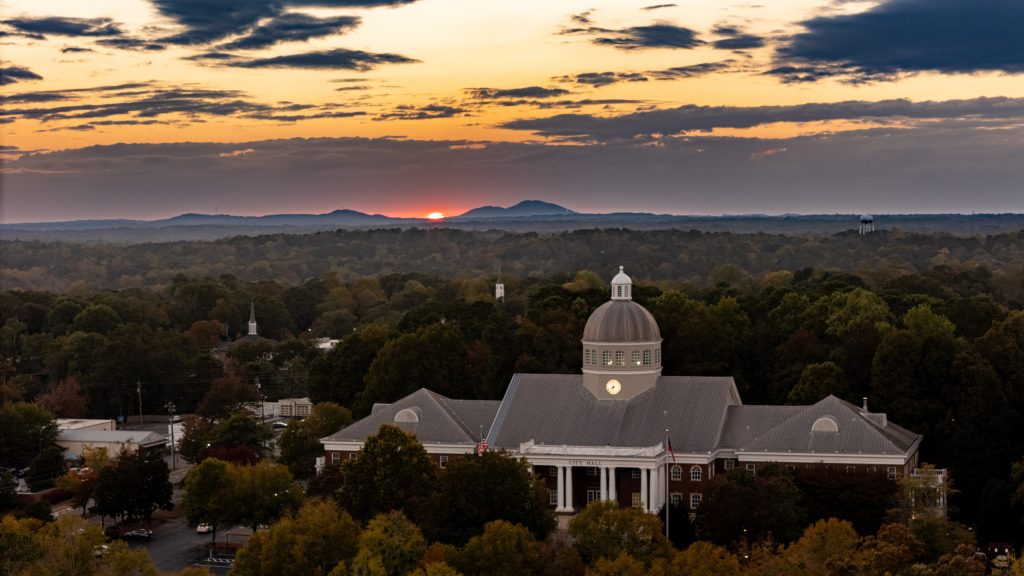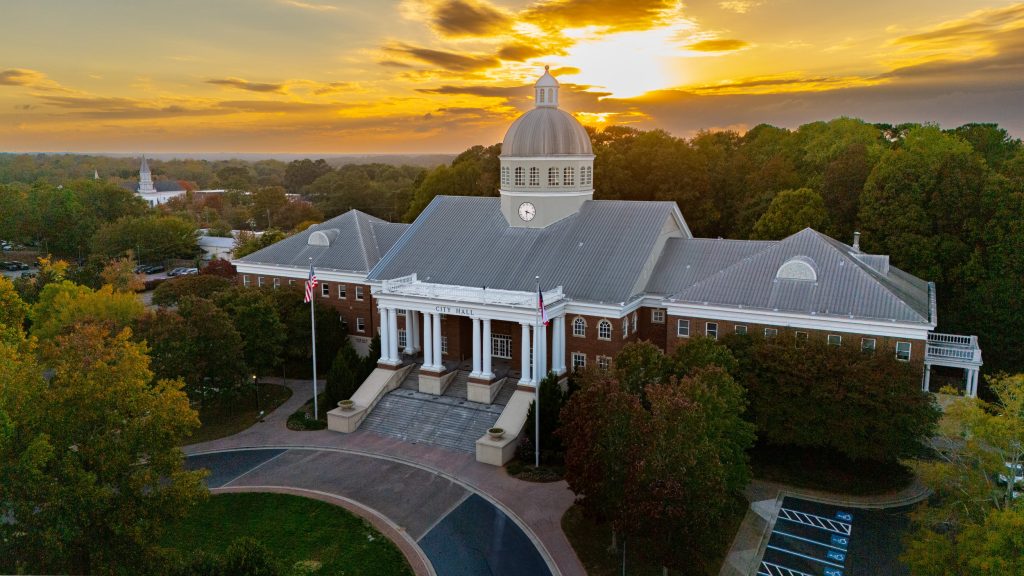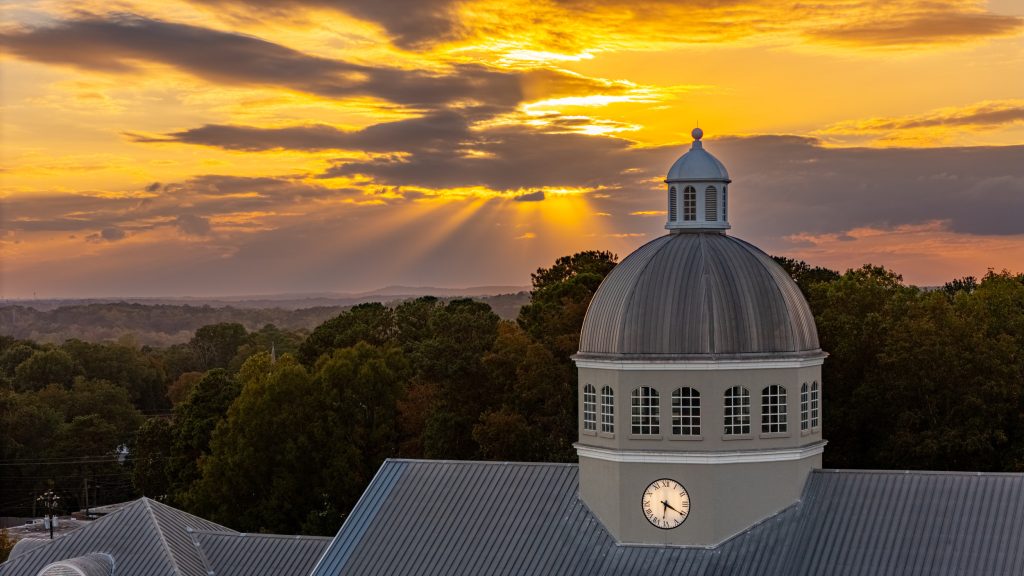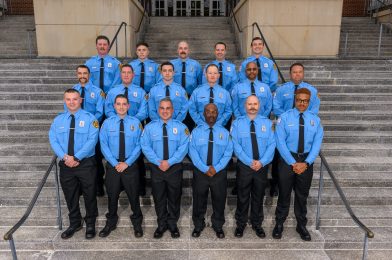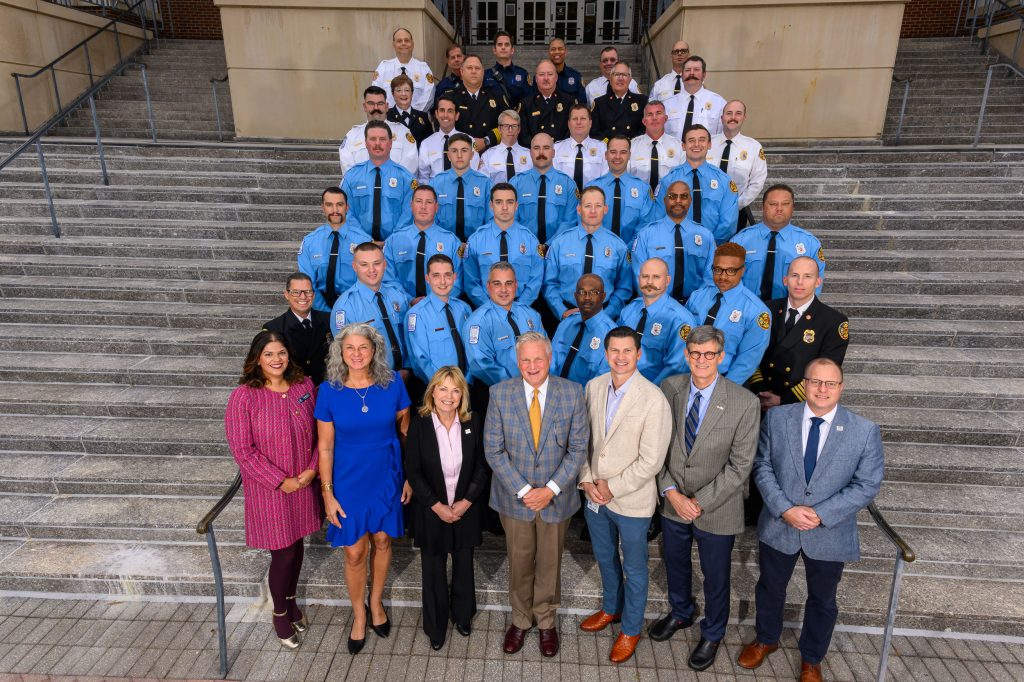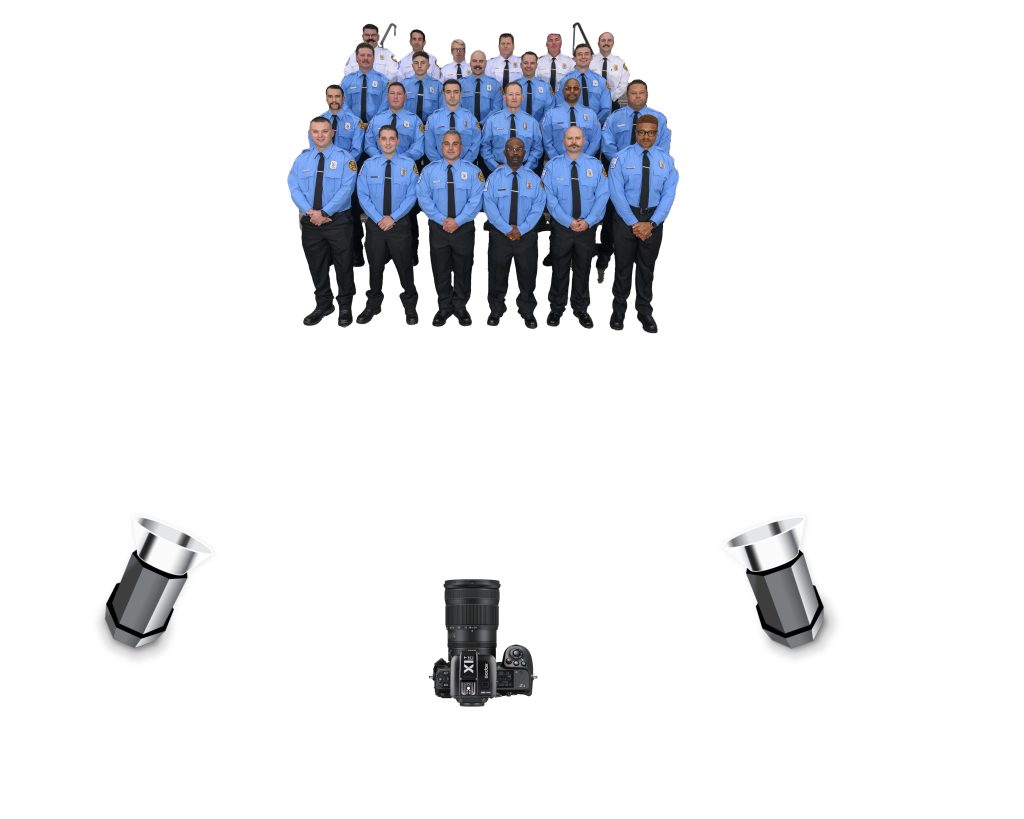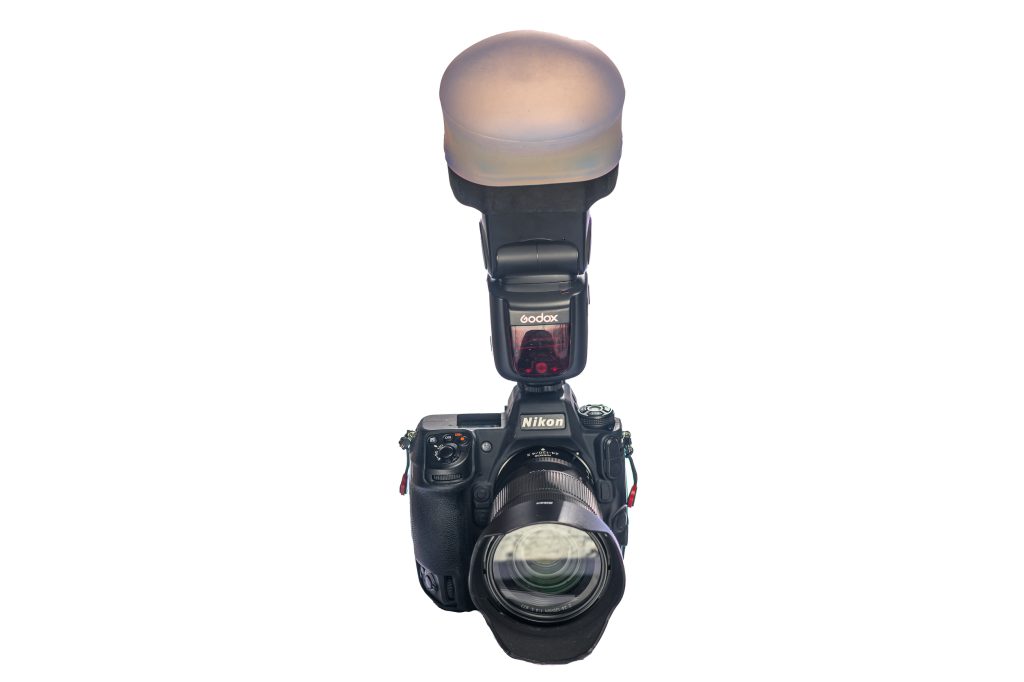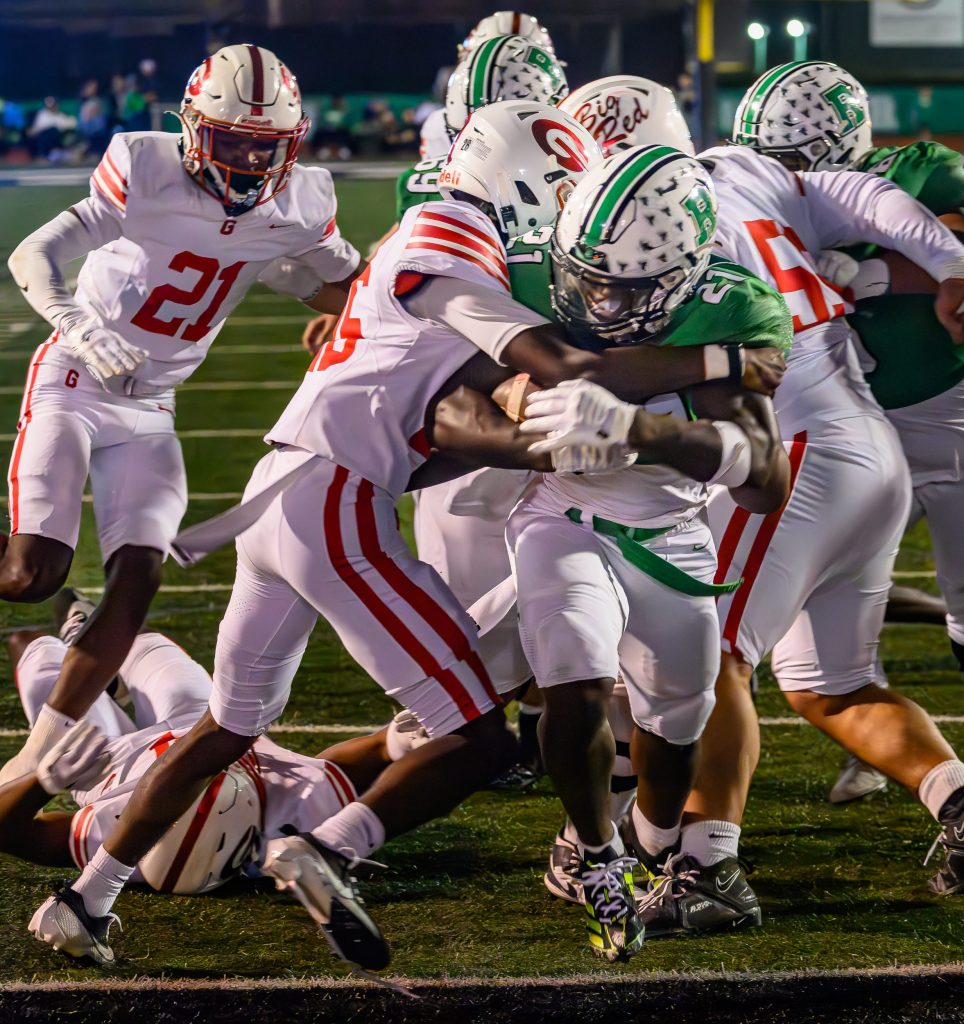Joining a professional photographer’s association can be transformative for your career. It provides community, resources, and financial advantages. Here’s a breakdown of a few major organizations and their benefits.
1. Professional Photographers of America (PPA)
PPA, the largest nonprofit trade association for photographers, has over 30,000 members, including wedding, portrait, and event photographers. Members benefit from resources such as customizable business forms, copyright advocacy, and discounted insurance options. Additionally, the organization offers education via workshops, webinars, and competitions to help refine skills and build credibility.
2. American Photographic Artists National (APA)
APA primarily supports photographers in the commercial and advertising sectors. Members often include those creating images for brand campaigns, products, and lifestyle photography. APA provides access to professional development tools, including portfolio reviews, industry networking opportunities, and exclusive discounts on production tools and services.
3. American Society of Media Photographers (ASMP)
ASMP is tailored to editorial, advertising, and media photographers. Members can access legal support, business templates, and health insurance options. ASMP also advocates for photographers’ rights and provides educational resources to support sustainable business practices.
4. National Press Photographers Association (NPPA)
NPPA focuses on visual journalists, including photojournalists and documentary photographers. Its benefits include legal advocacy, ethics guidance, and training programs on emerging trends in visual journalism. NPPA also offers discounts on gear and software to its members.
Financial and Professional Advantages
Many of these associations provide practical benefits like:
- Discounted insurance: Coverage for equipment, liability, and data loss at reduced rates.
- Education and certification: Access to workshops, webinars, and certification programs that can enhance credibility and earning potential.
- Legal support: Guidance on copyright and contracts, and in some cases, legal representation for disputes.
- Networking opportunities: Access to industry events, portfolio reviews, and exclusive job boards.
- Discounts: Reduced pricing on software, gear, and other photography tools.
My Memberships
I am a proud American Society of Media Photographers (ASMP) member and the National Press Photographers Association (NPPA). Both organizations align closely with my work as a visual storyteller, supporting my professional development and advocacy for photographers’ rights. I’m also part of the Atlanta Press Club, which broadens my network and keeps me informed about the industry’s latest trends.
Joining a professional association is not just a financial investment—it’s a commitment to your growth and the photography community. Find one that aligns with your niche and start reaping the benefits today!

